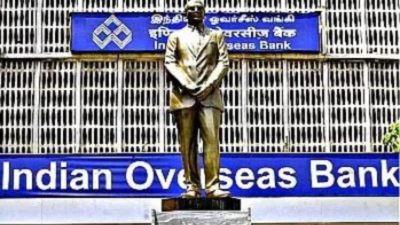NEW DELHI: The extension of the deadline for choosing between the New Pension System (NPS) Unified Pension Scheme (UPS) to September 30 has given government employees some more time to decide. The government has also clarified that the maturity corpus and pension from the UPS will get the same tax treatment as that from the NPS.The NPS is a market linked option where the pension received will be determined by the contributions made by the individual. It is designed for market efficiency and long-term capital growth, assuming that higher equity allocation and compounding over decades will generate a sufficient retirement corpus. The individual carries both the market risk as well as the longevity risk.The UPS is a hybrid model. It retains the defined contribution model of the NPS, but also guarantees a minimum pension that will be indexed to inflation and funded partly by returns from a dedicated pension guarantee fund.
NPS vs UPS : Which of these options should you go for?
The answer depends on the age and risk profile of the individual.If you are below 35…
- Young employees below 35 years should stay with the NPS. Young investors can take advantage of the long investment horizon and higher equity exposure (up to 75%). The compounding effect of equity over 25-30 years is likely to yield a larger retirement corpus than any assured return plan.
- However, one needs to be comfortable with market fluctuations and not get jittery when markets go through a bear phase or remain flattish for longer periods. Over the long term, these ups and downs get smoothened out.
If you are between 35 and 50 years…It’s a toss up for mid-career employees aged 35-50 years. They should stay with NPS if they have a higher risk appetite because even 15-20 years is long enough time to generate the magic compounding from equity-linked investments. But those seeking stable returns should opt for the UPS. It offers a cushion against future market volatility, especially if retirement is 10-15 years away.If you are close to retirement…Those aged 50 and above should definitely opt for the UPS. At this stage, the corpus accumulation window is quite narrow. The guaranteed pension under UPS brings predictability, which is more important than chasing high but uncertain returns. Volatility at this stage can severely impact retirement income under NPS.Market performance is keyMuch depends on the returns generated by the market-linked component of both the NPS and the UPS in the coming years. Younger subscribers have an edge here because they can afford to take higher risk and stay in the NPS for better returns. On the flip side, their corpus can get dented badly if markets don’t live up to expectations..We used the NPS Trust calculator to know how things will work out for people at different ages. The calculations assume salaries will increase 2.5% a year and Dearness Allowance will increase 6% a year, the person will retire at 60 and live till the age of 80. The total aggregate benefit includes 60% of corpus withdrawn on superannuation and the monthly pension and dearness allowance received till death.Young investors better off in NPSA 25-year-old person who has just started working with a basic pay of Rs 25,000 stands to gain more if she stays in NPS. Even a blended return of 10% will yield more than what UPS offers. But if returns fall to 8-9%, UPS will be better.
Mixed bag for middle-aged investorsBut at 10% returns, both options are neck to neck for a 35-year-old person who has put in 10 years, has a basic pay of Rs 35,000 and has accumulated Rs 12 lakh in retirement savings. Only if the return is more than 10% will NPS work out better.
Older investors should go for UPSA 45-year-old person who has put in 20 years, has a basic pay of Rs 50,000 and has accumulated Rs 30 lakh in retirement savings will find the UPS better. Even a 12% return from NPS will not yield what UPS offers. At 8-10%, NPS will be ruinous.






